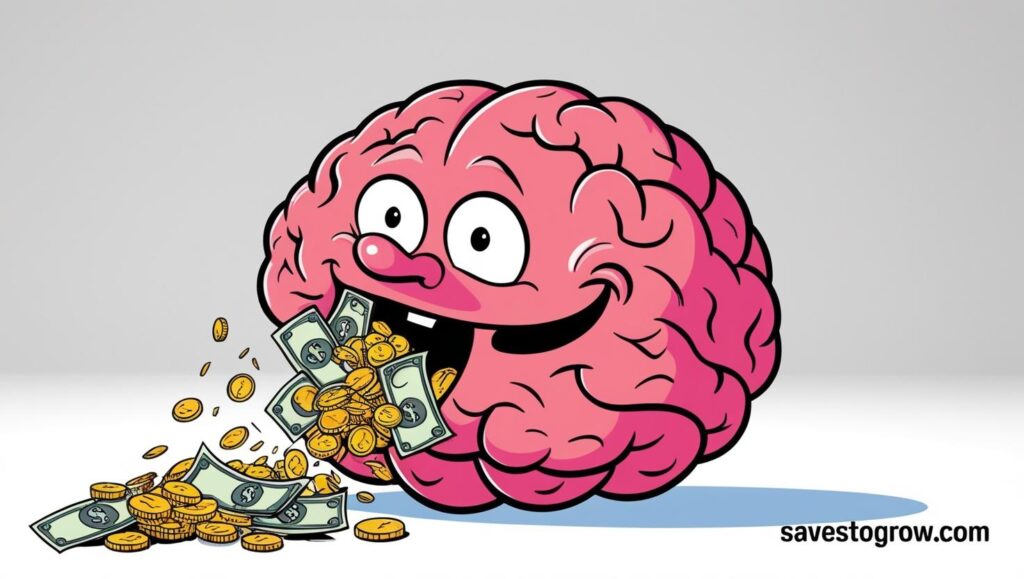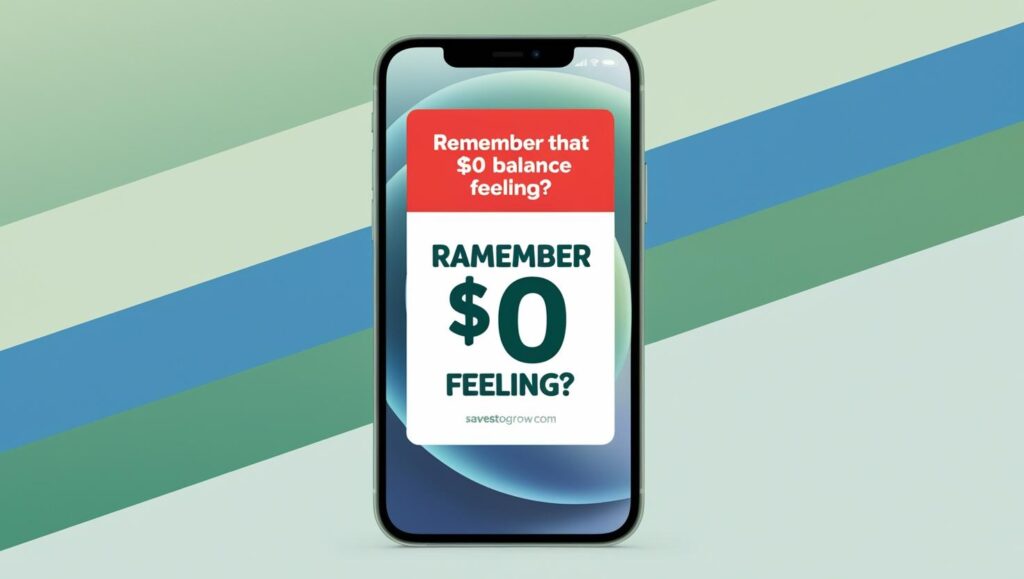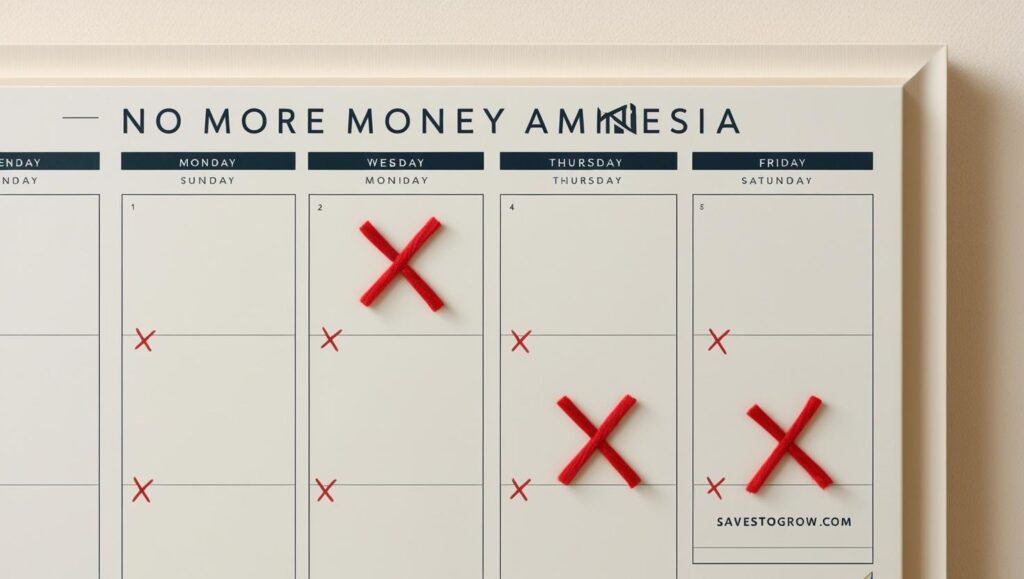I. What Is Money Amnesia?
Ever swore you’d never overspend again… only to do it two weeks later?
That’s not poor memory—it’s Money Amnesia.
Money Amnesia is a mental glitch where we forget past financial pain and repeat bad money habits. It’s why:
- You keep buying subscriptions you don’t use.
- You swipe your credit card like it’s Monopoly money.
- You tell yourself, “This time it’ll be different,” when it won’t.
It’s not that you don’t know better. It’s that your brain moves on too fast, especially from financial pain that isn’t instantly visible.
II. Why Our Brains Are Wired to Forget

Pain teaches most lessons—except with money.
Here’s why:
- Delayed consequences: Overspend today, feel regret weeks later.
- Digital blur: Swipes, taps, and one-click orders feel abstract, not like handing over cash.
- Lifestyle inflation: When income rises, so do expenses—quietly and automatically.
- Emotional coping: We use spending to feel better, then mentally bury the damage.
Bottom line: money pain doesn’t always look like pain. So your brain doesn’t learn from it.
III. 3 Real-Life Signs You’re Suffering from Money Amnesia
1. “How Did My Account Get So Low?”
You check your balance mid-month and feel shocked. Again.
2. “I Deserve This” Justifications
You reward yourself after a tough week… by sabotaging your budget.
3. “Next Month I’ll Fix It”
You keep pushing the solution to a future version of you that never shows up.
IV. My Wake-Up Moment (A Hard Truth)

In 2021, I overdrafted my checking account for the third time that year. Not from a big purchase, but from dozens of small ones I barely remembered.
Streaming bundles. Takeout. “Deals” I never used.
I told myself I’d be better the next month.
I wasn’t.
Only when I faced my statements line by line—and saw how predictable my patterns were—did it hit me:
I don’t have a money problem. I have a memory problem.
V. How I Rewired My Brain (And You Can Too)

Beating Money Amnesia isn’t about more discipline—it’s about better design.
1. Daily Money Check-In (60 Seconds)
Every morning, I review my balance and yesterday’s spending. Quick. No shame. Just awareness.
2. Pain Anchoring
I keep a screenshot of my worst overdraft month on my phone’s home screen. Sounds extreme? It works.
3. Pre-Spend Journaling
Before impulse buy over $50, I ask:
- Will I use this 5 times in the next month?
- Would I rather invest this?
- Am I just bored?
4. Monthly Mistake Review
Once a month, I look at my dumbest purchases and write one lesson for future me.
VI. Your Future Self Can’t Afford to Forget

Here’s the truth:
If you don’t remember the cost of your past mistakes, you’ll keep repeating the invoice.
Financial growth isn’t about being perfect. It’s about recognizing patterns, anchoring pain, and designing reminders that outsmart your forgetful self.
Make it visible. Make it emotional. Make it stick.
FAQs
Q: Is Money Amnesia a real condition?
A: It’s not a clinical diagnosis, but it describes a real behavioral pattern backed by cognitive science.
Q: Is this the same as impulse spending?
A: Related, but different. Impulse spending is the act. Money Amnesia is the forgetting that leads you back into it.
Q: Can budgeting apps fix this?
A: They help, but only if you look at them. You still need to build awareness habits.
Q: What if I don’t have time to track daily?
A: 60 seconds is all it takes. Think of it like brushing your teeth—daily hygiene for your wallet.
Q: How long until these habits work?
A: Most people feel more in control within 30 days. But the deeper rewiring happens over months.
Source:
- Kahneman, D. (2011). Thinking, Fast and Slow
- Dan Ariely (Behavioral Economics, Irrational Spending)
- CFPB (Consumer Financial Protection Bureau) data on overdraft and spending habits






